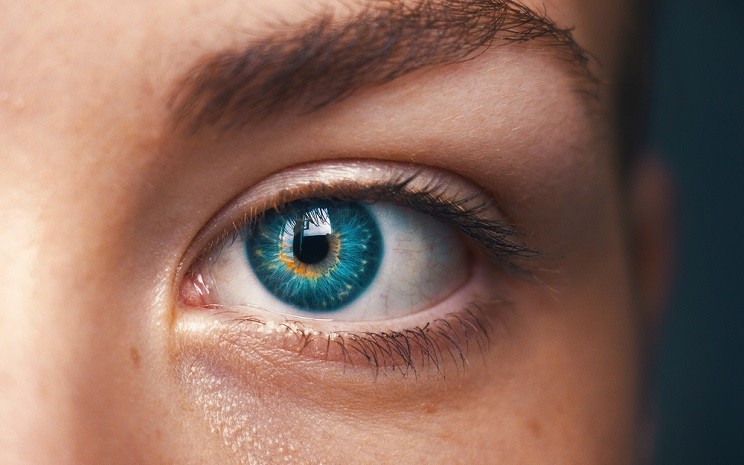
A collaboration between ICR, Parc de Salut Mar, the Radboud Medical University Center in Nijmegen (The Netherlands) and the Biomedical Imaging Technologies (BIT) group from the Polytechnic University of Madrid (UPM) has allowed the development of a tool for telemedicine and an algorithm based on Artificial Intelligence that would facilitate the automatic detection of glaucoma from retinographies (fundus images). This research project, funded by the Carlos III Health Institute, has been led by Dr. Alfonso Antón, head of the ICR Glaucoma Department.
Glaucoma is one of the diseases that causes more visual impairment in Spain, with a prevalence of 2.1% in people over 40 years. Early diagnosis and treatment may prevent or slow down this loss of vision, but currently this is an expensive procedure, which includes several tests (including retinography), which must be subsequently analysed by one or more specialists in search of pathological signs. Thus, this important collaboration has allowed the development of an algorithm based on Artificial Intelligence that automatically processes and classifies the images provided by retinographies and labels them as normal or glaucomatous.
In a first phase, the Biomedical Imaging Technologies group of the UPM implemented a telemedicine tool through which the data of more than a thousand ophthalmological test were introduced and evaluated. At the same time and using the same tool, a double remote evaluation of these tests was carried out by a group of specialists and a group of non-specialists. In case of discrepancy, the final diagnosis was made by two ophthalmologists specializing in glaucoma, also through the telemedicine tool.
In a second stage, a comparison of algorithms was performed in order to select the most relevant for the automatic classification of glaucoma. To complete the study, there was also the collaboration of the Diagnostic Image Analysis Group from the Netherlands.
This project has demonstrated that through the use of telemedicine and an algorithm based on Artificial Intelligence, we can reach sensitivity and specificity ratios close to 90% of cases, which would be almost the same value reached by the most experienced specialists. Thus, the use of this technology in glaucoma detection campaigns would facilitate the identification and early diagnosis of this disease, which, in turn, would help to start treatment as soon as possible and avoid its most devastating consequences.

Contact us or request an appointment with our medical team.